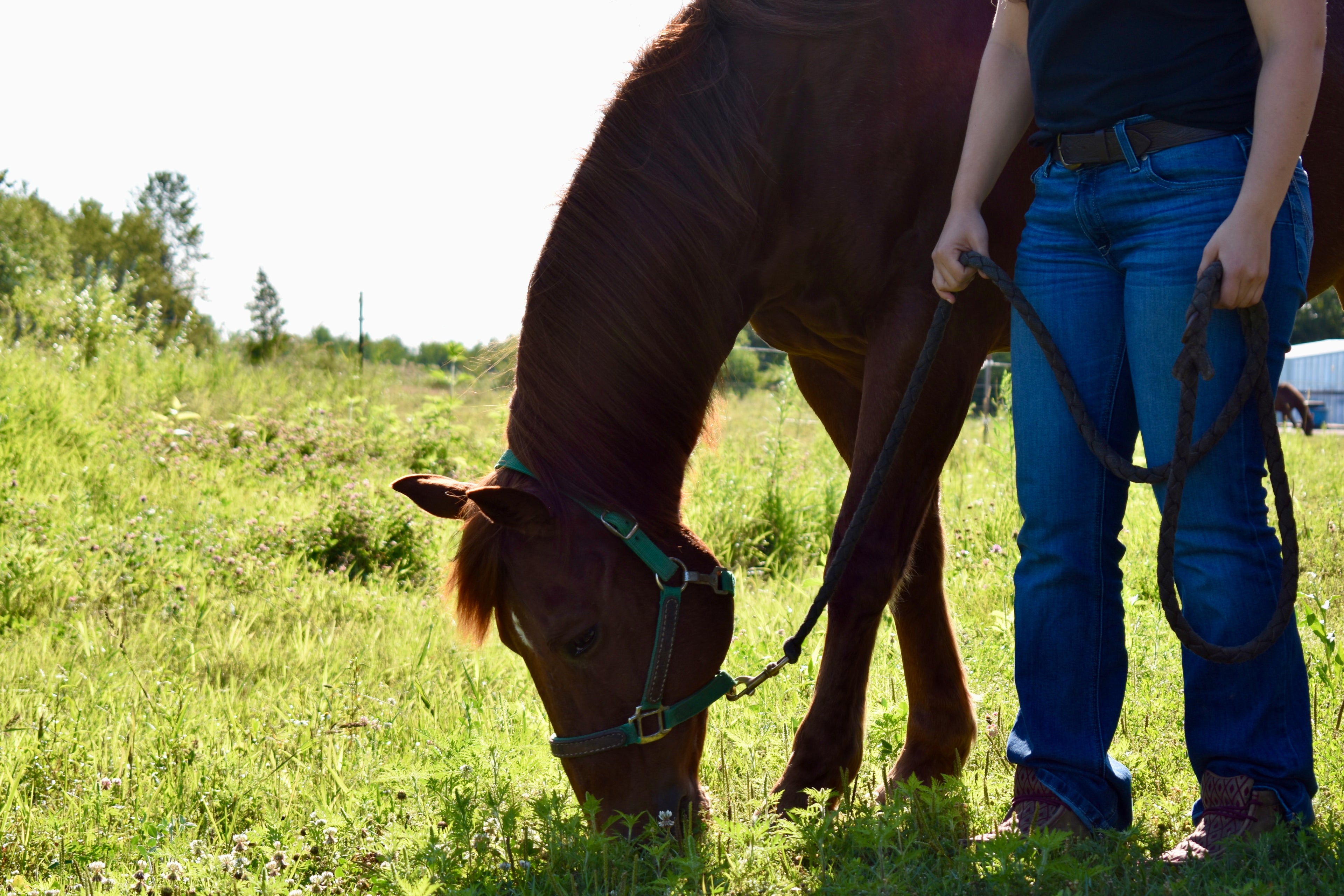
Whole Body Approach
Chronic stress, tension and inflammation represent the most significant and harmful barriers to both mental and physical health, as well as overall wellness and performance. Prioritizing the soft tissue health, calming of the nervous system, and reducing baseline inflammation are fundamental to achieving a holistic approach to full-body health.
-
What is a Whole Body Approach to Health?
A whole body approach refers to a holistic perspective that considers the interconnectedness of various systems within the body when addressing health and wellness. This approach emphasizes the importance of looking beyond isolated symptoms to understand how physical and mental health influence overall well-being. By integrating various modalities, such as nutrition, exercise, and bodywork a whole body approach seeks to promote balance and harmony within the individual.
The Basics To a Whole Body Approach
A whole-body holistic approach benefits both equine and human health recognizing the connection between the entire body. Addressing internal inflammation, stress, and soft tissue tension enhances overall well-being and highlights the link between physical and mental health. Chronic stress weakens immune function, making individuals more susceptible to infections and prolonging recovery. While inflammation is a natural response to injury, chronic inflammation can lead to various health issues, including pain and decreased mobility. Muscle tension is another critical factor that can impede recovery. When muscles are tense, they can restrict blood flow and oxygen delivery to tissues, which are essential for healing.
Massage TherapyMassage therapy is integral component of a holistic approach. It has been shown to improve circulation, reduce muscle tension, increase range of motion, reduce stress and anxiety and promote relaxation. Regular massage can facilitate the healing of soft tissues by increasing blood flow and delivering essential nutrients to the affected areas. Furthermore, it can help break the pain cycle by addressing muscle tightness and discomfort.
Kinesiology Taping
Kinesiology taping is a technique that can provide additional support for both horses and humans. This method involves applying elastic therapeutic tape to the skin, which can help alleviate pain, reduce swelling, and improve range of motion. Studies have demonstrated that kinesiology taping can enhance proprioception and stability, further aiding in injury prevention.
CBD
One effective strategy is the use of cannabidiol (CBD), which has been shown in studies to possess anti-inflammatory properties. CBD interacts with the endocannabinoid system, which plays a crucial role in regulating pain and inflammation. This interaction can help mitigate the pain cycle, allowing for improved mobility and comfort.
ConclusionBy integrating these modalities— massage therapy, kinesiology taping, and CBD—individuals can effectively break the pain and stress cycle. This comprehensive approach not only addresses immediate concerns but also fosters long-term health and well-being. The synergy of these methods can lead to enhanced recovery, improved performance, and a greater quality of life.
Overall, adopting a holistic whole-body approach that focuses on reducing internal inflammation and stress can yield significant benefits for both horses and humans. By utilizing evidence-based practices and therapies, we can promote healing, prevent injuries, and enhance overall vitality.
